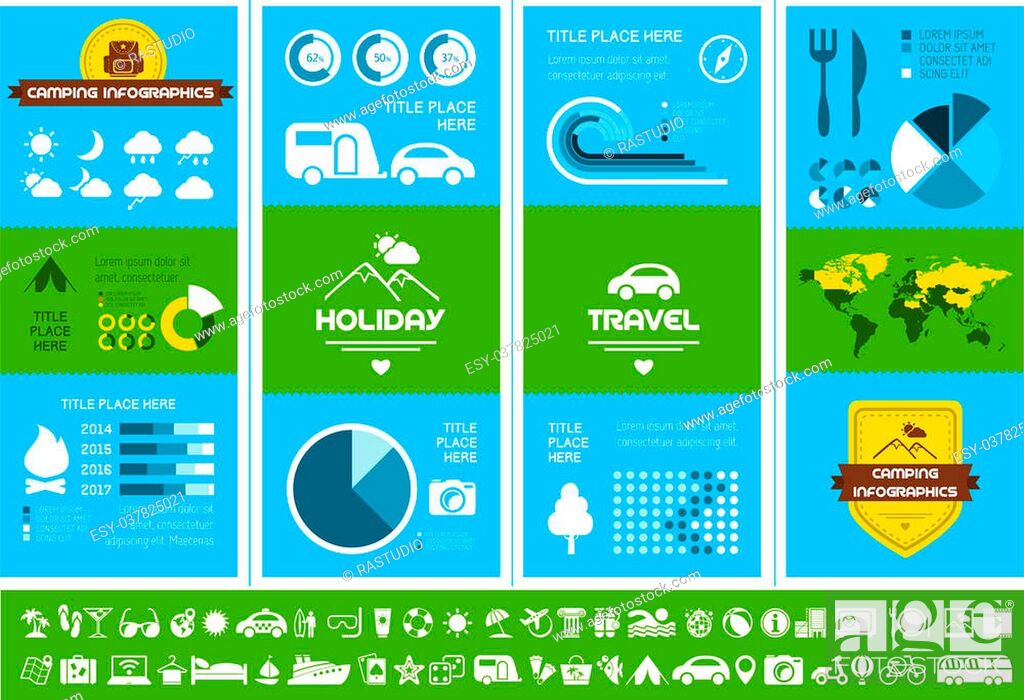As camping progressed to show a more comprehensive social change towards mindfulness and sustainability, tent design followed suit. Whether it's with user-friendly configuration options or the application of Fitts' Regulation, modern-day camping tent layout continues to innovate and increase camper's choices for exterior exploration.
The wedge tent, additionally referred to as a wall outdoor tents, can be built by erecting the ridgepole atop upright poles and loosely staking down each side. This enables even more living and moving room than an A-frame tent.
The A-Frame
Among one of the most iconic camping tent layouts is a traditional A-frame. This structure takes its name from its roofline, which appears like the uppercase A. This shape produces a vaulted ceiling that gives an open, roomy sensation inside the home. The sloping wall surfaces additionally make second-level loft rooms optimal for resting.
In the past, a good scout could establish a canvas A-frame outdoor tents in 2 minutes or less. A modern A-frame cabin can provide the exact same convenience of installment, but with better weather security and more functional room.
A-frames are a great example of functional design, which emphasizes decreasing the complexity of a product to ensure that it can be more conveniently understood and utilized. Today, UI/UX designers use this concept to craft user-friendly interface that enable customers to attain their objectives with optimal performance. This strategy mirrors the A-frame's beginnings as a solution to human needs. The simplicity of A-frames also reflects a wish for outside experiences that stabilize technological advancement with a much deeper connection to nature.
The Wedge
Whether you are new to wall surface tents or are a skilled camper, choosing the right framework for your canvas sanctuary can feel like an overwhelming experience initially. With so many options for material, frames and levels of defense from the components to consider, you can conveniently get shed in a sea of lingo.
Luckily, navigating the globe of wall surface tents doesn't need to be so daunting. We've established our very own system to help you simplify your decisions. With our basic Wedge version, we've gotten rid of the requirement for complicated fabric and frame selections so you can invest even more time appreciating your trip and less time stressing over your shelter.
The Baker
The baker tent is a changed lean-to design camping tent. It is a very flexible and valuable sanctuary that can be zoomed tight versus the components or opened up to let in the heat of a reflector campfire. The baker was the outdoor tents of option of numerous logging camps and wild canoe travelers in the 1800's. The baker camping tent also obtained prestige in the early 1900's when nationally recognized outside writer Horace Kephart used a baker camping tent at his well-known base camp on Dicks Creek in North Carolina.
Choosing the appropriate inner framework, tube size and fabrication is a crucial factor in determining the toughness of your wall tent and just how it will handle transforming weather. In addition, a substantial part of your wall outdoor tents's durability and functionality is established by the treatment that it has gone through. Bravo's welded steel inner frames are constructed utilizing superior 1 3/8 inch galvanized tubes and heavy duty bonded angle kits that are supported for extra stamina.
The Whelen
In a time of increasing automation and urbanization, camping was a going back to basic nature recognition. It offered a possibility to appreciate blemishes in materials and crookedness of the landscape, to embrace the transience of everyday rhythms of rising, moving, resting, and resting, and to get in touch with the natural world at a greatly human level.
Early camping tent designs were crafted with an eye to economic climate of space and weight, yet we have seen a desertion of these conventional principles toward larger, gangly layouts that take longer to set up, call for more cautious preparation of the footprint, and offer much less in terms of weather condition defense. In this way, the contemporary outdoor tents shows a social shift away from technical improvement and in the direction of mindfulness, sustainability, and gratitude for a much more environment. Much like camping tents, UI/UX layout is also fixated conference human needs. Fitts' Legislation, as an example, teaches us to prioritize the dimension and proximity of interactive elements in order to assist in quicker shopping bag and extra efficient individual interactions.
